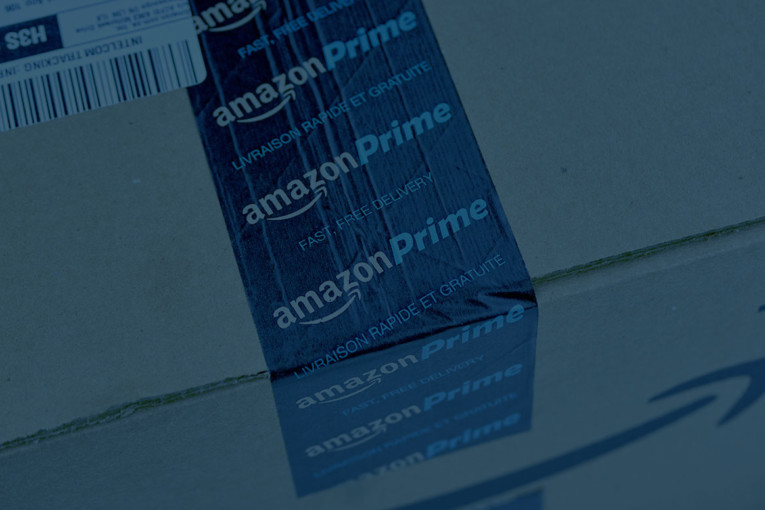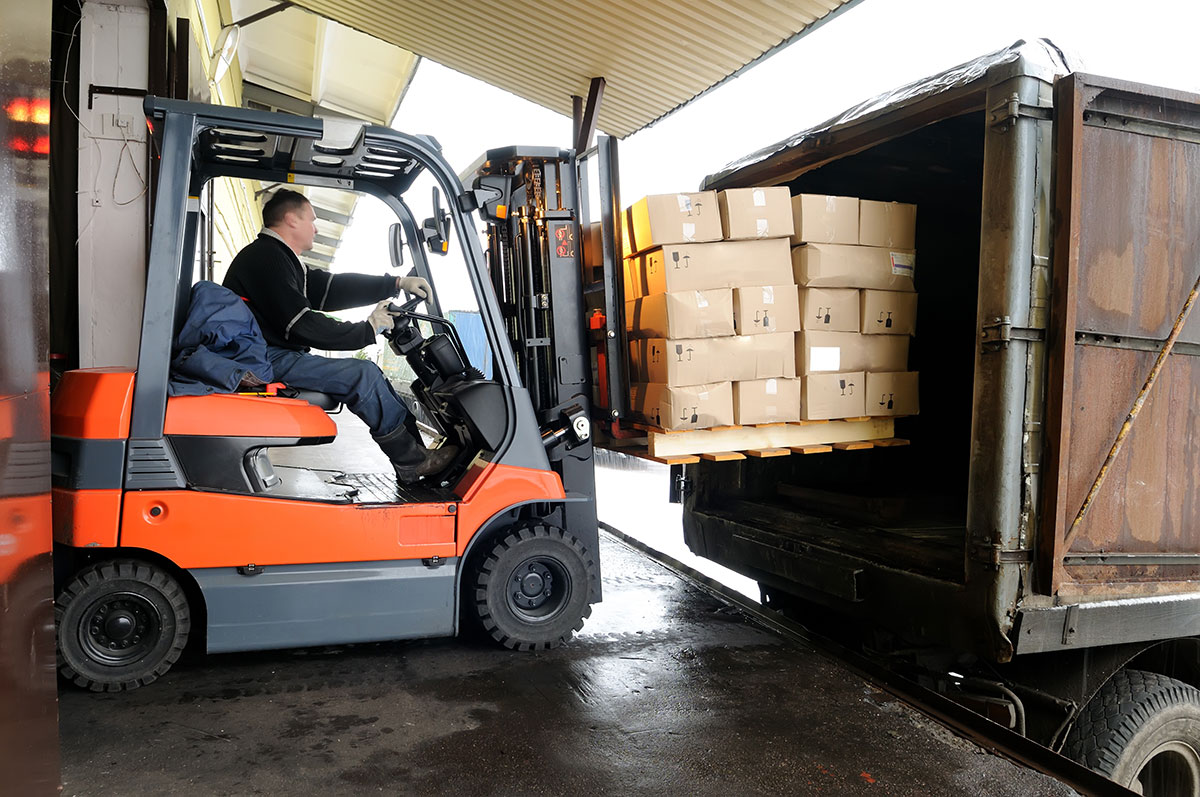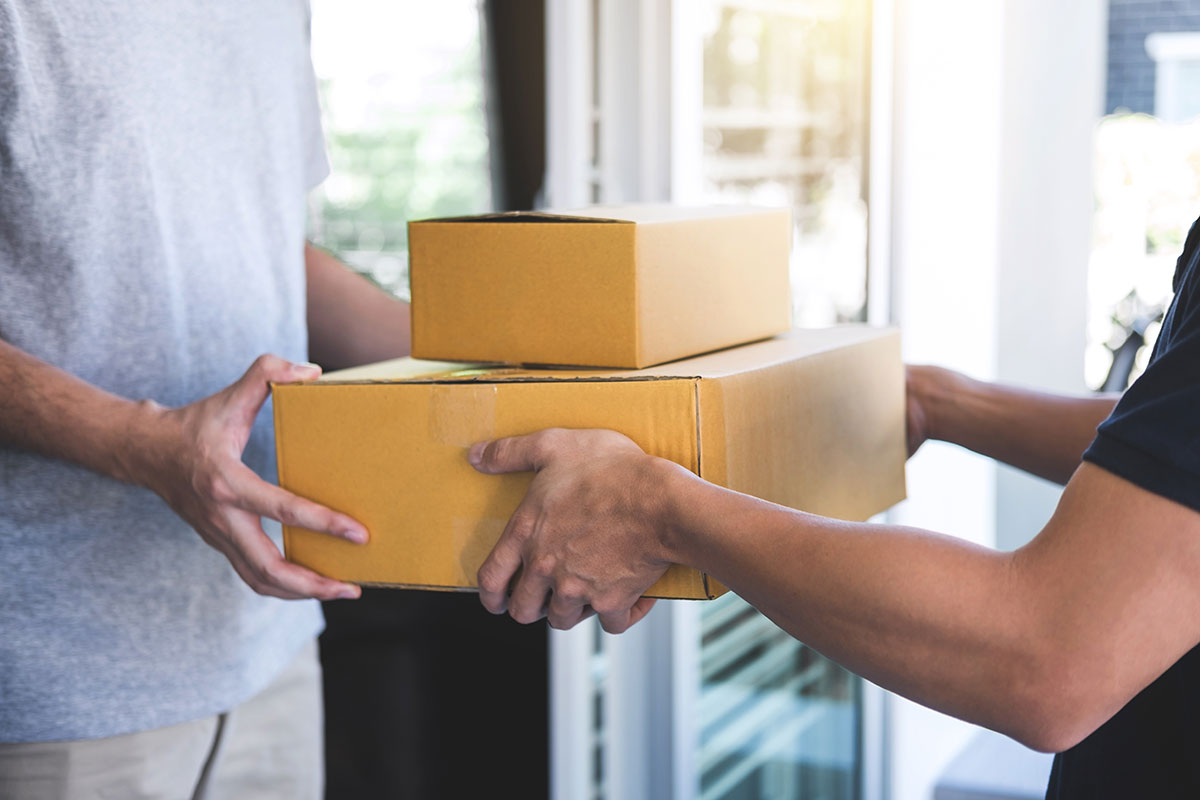Over the years, Amazon has introduced many innovative programs that revolutionize the way independent retailers sell products online. The incredible growth of Prime Memberships has certainly played a part.
Amazon has nearly 95 million U.S.-based Prime members who, on average, spend $1,500 per year shopping on Amazon.com, according to recent studies. For reference, members spend more than double what non-Prime members spend. As an online retailer, selling through Prime has obvious benefits, but it does present several challenges along the way.
With this in mind, we’ll cover everything you need to know about Amazon Seller Fulfilled Prime, its eligibility criteria, and how to get started. We’ll also highlight the key differences between Fulfillment by Amazon and Seller Fulfilled Prime to help you decide which option is right for you.
The History of Amazon Prime
Independent online retailers have been using Fulfilment by Amazon (FBA) to sell to Prime members since 2006. The program allows businesses to store their products in Amazon’s warehouses as well as use Amazon logistics services to deliver these products to customers.
While this worked great for some businesses, others ended up having to spend more because of slow-moving inventory. Businesses who stored their products in Amazon’s warehouses for 365 days or longer had to pay additional storage fees. As a result, their profit margins took a hit.
In 2015, Amazon launched a closed beta program called Seller Fulfilled Prime (SFP), which allowed approved sellers to display the Prime badge on orders they fulfilled either through their own warehouse or via a third-party logistics (3PL) service provider. Amazon extended an invitation to sellers using FBA to Amazon’s SFP program as they continued to refine the model.
Amazon Seller Fulfilled Prime vs. Fulfilment by Amazon
FBA offers a simple solution for small and medium-sized companies that cannot afford warehouses and fulfillment services or lack the expertise to manage them. Amazon picks, packs, and ships the products to customers, handles most of the customer service, and resolves returns and refund issues.
But with less control over your inventory and higher chances of customer fraud, the potential costs of using FBA start to rack up. And when you consider fees associated with extended periods of storage, your profit margins start to shrink.
SFP, on the other hand, gives you more control over your inventory. You don’t have to pay an additional fee for handling inventory or packing and labeling your products. In addition to this, you can avoid storage fees on slow-moving inventory.
Amazon SFP is a great fit for e-commerce businesses that can manage their warehouse and meet Amazon’s strict guidelines head on.
Essentially, SFP gives you the option to display the Prime badge on product listings without having to use Amazon’s warehouse facilities. And since having the Prime badge can increase your sales by 50% by improving product visibility, it’s definitely worth it.
In terms of handling returns, with FBA, you receive a box with the products returned by your customers. However, you don’t receive any information about which product is tied to which order, making you susceptible to customer fraud.
Unlike FBA, SFP gives you order and product information on all Prime purchases. This helps you identify which product is linked to which order and minimizes your exposure to fraud.
Why Companies Are Migrating Away From Fulfillment by Amazon
There are 5 main reasons why companies are migrating away from FBA in favor of SFP:
FBA storage costs
Although Amazon is a warehousing giant, its primary focus is to sell more products online. This strategy has shifted the company’s focus from expanding its warehousing facilities to increasing the efficiency of its existing space. It does this by getting rid of slow-moving inventory.
Amazon uses an Inventory Performance Index (IPI) that charges additional fees on slow-moving SKUs. To keep using Amazon’s services at the same rates, you will have to make sure your IPI stays at an acceptable level…and this level is a moving target that Amazon can change at it’s will.
Limited inventory flexibility
Signing up for FBA requires you to store a portion of your inventory in Amazon’s warehouse, which helps Amazon deliver on its promise of free and speedy two-day Prime delivery. However, this can potentially be a serious drawback for some businesses because it prevents them from using that inventory to complete orders received from other channels – such as their brand’s online store.
Even if your customers live close to the FBA warehouse that stores your product you have no way of having it delivered to them, limiting your ability to manage your inventory efficiently.
Higher compliance costs
If you handle your warehousing or use a third-party logistics service to fulfill your orders, you get more freedom and flexibility about how your stocks will be sent out. Amazon, on the other hand, has strict rules and guidelines about how to deliver your products to its warehousing facilities. Failing to comply with these guidelines can result in fines.
Amazon is also very strict about the specifications you need to meet to avoid paying extra fees on inventory that reaches its warehouse. These include labeling, packaging, and pallet configuration. You can expect to incur additional costs if you don’t meet Amazon’s specifications.
Amazon’s brand experience, not yours
Attracting and building customer relationships is very important for new businesses establishing a brand centered around customer satisfaction. FBA doesn’t let you package your product with your company’s logo. Instead, your customers receive their orders with amazon branded packaging.
Your only other option is to have packages delivered to your customers in plain boxes – without the Amazon branding. But to do so, you’ll be charged an additional fee.
Uncertainty about sales tax nexus
Back when brick and mortar stores were the only outlet, it was easier to track the tax on sales transacted in a state. But e-commerce has made it difficult to estimate tax on sales since there is no common legal agreement for it.
Amazon FBA increases this confusion by distributing your inventory across multiple warehouses in different states. As a result, it’s difficult to keep track of your inventory and introduces the possibility of FBA sellers creating sales tax nexus in multiple states.
What Is Amazon Seller Fulfilled Prime?
In 2015, Amazon introduced Seller Fulfilled Prime (SFP) which gave approved retailers the ability to offer Prime Delivery, while maintaining internal warehousing. The program offers approved vendors its delivery and transportation services without the pick, pack, and ship service.
What this means is that Amazon provides transportation solutions to help businesses meet Prime customers’ two-day delivery requirements. However, the business is responsible for packing and sending out products from their warehouse.
Are Prime Members Worth The Hassle?
The simple answer: yes.
Data from Amazon Prime Day suggests that 2018 saw the largest shopping event in history, where Prime members purchased more than 100 million products in 24 hours.
Not to mention, the number of paying Amazon Prime members was estimated to be around 95 million in June 2018. According to Statista, Amazon Prime members spent $1,500 on the platform per year on average, which is more than double the $600 non-Prime members spend annually.
With huge growth potential and steady rise in the number of Prime members, Amazon Prime is definitely a worthwhile marketplace that offers independent businesses easy access to willing buyers.
Now that we have a pretty good idea understanding of Amazon Seller Fulfilled Prime, let’s quickly step through some of the benefits and drawbacks you can expect to experience when you sign up for this program.
Benefits of Amazon Seller Fulfilled Prime
Before we show you how to get started with Amazon SFP, let’s take a look at the key benefits SFP offers sellers:
-
Prime-eligible products. The SFP status makes you eligible to display the prized Prime badge on your products. The more people see this badge, the higher your sales will be.
-
Better inventory control. If you want more control over your inventory and have the ability to fulfill orders, you can pick, pack & ship from your warehouse.
-
Better returns control. With tighter control over your inventory, you are also able to manage your returns and refunds more effectively. By selling your items to Prime customers using SFP, your company will be handling returns and refunds itself instead of relying on Amazon.
-
Lower fees. SFP gives you Prime standards of shipping with lower fees. Unlike FBA, where your warehousing, handling, packaging, and processing fees quickly add up and bite off a bigger chunk of profits.
Drawbacks of Amazon Seller Fulfilled Prime
Signing up for SFP certainly has some drawbacks that are worth taking into consideration:
-
You need a warehouse. When you sign up with SFP, you have to handle your own inventory. Managing warehouse staff, picking, packaging, labeling, and sending out products are certainly not trivial tasks.
-
Have to issue refunds quickly. The Prime order requires you to issue a refund within two business days from the time the returned item reaches you. For comparison, you have five business days to refund non-Prime orders.
-
The highest expectations. When you sign up for the SFP service, Amazon closely watches your performance to ensure you’re meeting their high standards and guidelines. Failure to meet these guidelines can end in immediate removal from the program.
Getting Started with Amazon Seller Fulfilled Prime
Since August 2016, SFP is open to the general public so long as they can complete the following four steps:
Step #1: Develop a System to Meet Two-Day Shipping Expectations
You need to be able to manage orders efficiently to ensure you’re meeting Amazon’s two-day shipping expectations.
You need to have a warehouse and staff to pick, pack, label, and ship out orders on the same day a customer places it. Amazon’s guidelines are pretty strict so if you can’t ship orders out the same day you receive them, you’re not yet prepared for SFP.
Step #2: Reach and maintain Premium Shipping status with Amazon
Before you can begin selling through Amazon SFP, you need to make sure you’re eligible for the program. In a nutshell, you have to be a vendor that does a lot of business through Amazon.
Smaller companies that don’t sell enough or sell through platforms other than Amazon will find it difficult to qualify for SFP (more on this in the next step).
The first thing you need to do is make sure you have Premium Shipping set up. Setting this up lets you create multiple shipping profiles and offer customers one- to two-day shipping options.
To remain eligible for Premium Shipping, you need to ensure that you maintain an:
-
On-time delivery rate of 92 percent for Premium Shipping orders.
-
Valid tracking ID for at least 94 percent of Premium Shipping orders.
-
Cancellation rate of under 1.5 percent for Premium Shipping orders.
Once you’ve set up Premium Shipping and can stay on top of the above-mentioned metrics, you can apply for a Seller Fulfilled Prime trial.
Step #3: Enroll in the Seller Fulfilled Prime Trial
To enroll in the Seller Fulfilled Prime Trial, log in to your Amazon account and navigate to the Seller Fulfilled Prime page to apply.
When your trial period starts, head over to Shipping Settings to enable Prime shipping. You can choose a Prime Shipping template, customize it, or create your own template.
Next, select the regions you’d like to offer Prime Shipping in for your products. Choose only those areas where you can successfully deliver orders with the two-day shipping period.
Select the products you would want to offer Prime members in the start and allocate corresponding SKUs to your shipping template. A minimum of one SKU is required to begin your trial however you can edit the product listings later down the line.
Step #4: Fulfill 200 Prime Orders
After you have successfully set everything up, you must ensure that you fulfill Prime’s requirements during and after the trial period. If you fail to do so, you’ll no longer be enrolled in the SFP program.
Amazon gives you 90 days to fulfill at least 200 Prime orders. These orders should, at the very least, have:
-
On-time shipping rate of 99 percent for Prime Trial orders.
-
Use of Buy Shipping Services for at least 95 percent of Prime Trial orders.
-
Cancellation rate of under 1 percent for Prime Trial orders.
If for whatever reason, you’re unable to meet these requirements for 200 Prime orders within 90 days, your trial period will reset.
However, if you pass the trial period, you’ll be enrolled in the SFP program. Keep in mind that you’ll have to continue to maintain Premium Shipping eligibility and meet Prime targets in order to keep your status.
Is Amazon Seller Fulfilled Prime Right for You?
Amazon SFP isn’t for everyone. For some businesses, more control over inventory is reason enough to apply for the SFP trial.
However, if you’re still not sure, these questions might help you decide if SFP is right for you:
-
Do you have a warehouse? If you have a warehouse (and warehouse staff) to store your inventory and you don’t want to pay storage fees for the Prime badge, SFP is definitely worth it.
-
Are you selling through multiple platforms? If you sell products through multiple platforms, handling shipping orders through a centralized system is more cost-effective than outsourcing parts of it to Amazon.
-
Do you store inventory that sells slowly, albeit steadily? By storing slow-moving inventory in your own warehouse, you won’t have to pay for long-term storage fees.
-
Do you sell products that aren’t eligible for Fulfilment by Amazon? Through SFP, you can get a Prime badge on products that aren’t eligible for FBA.
Conclusion
Amazon’s SFP program can be a great option for online retailers looking for more flexibility when selling to Prime members.
If you’re looking to store inventory internally, handle the logistics of shipping products, and sell products that aren’t eligible for Fulfilment by Amazon, SFP might be your best option for selling in the Prime marketplace.
If you’d like to speak with one of Symbia’s Seller Fulfilled Prime experts, email sales@symbia.com.











